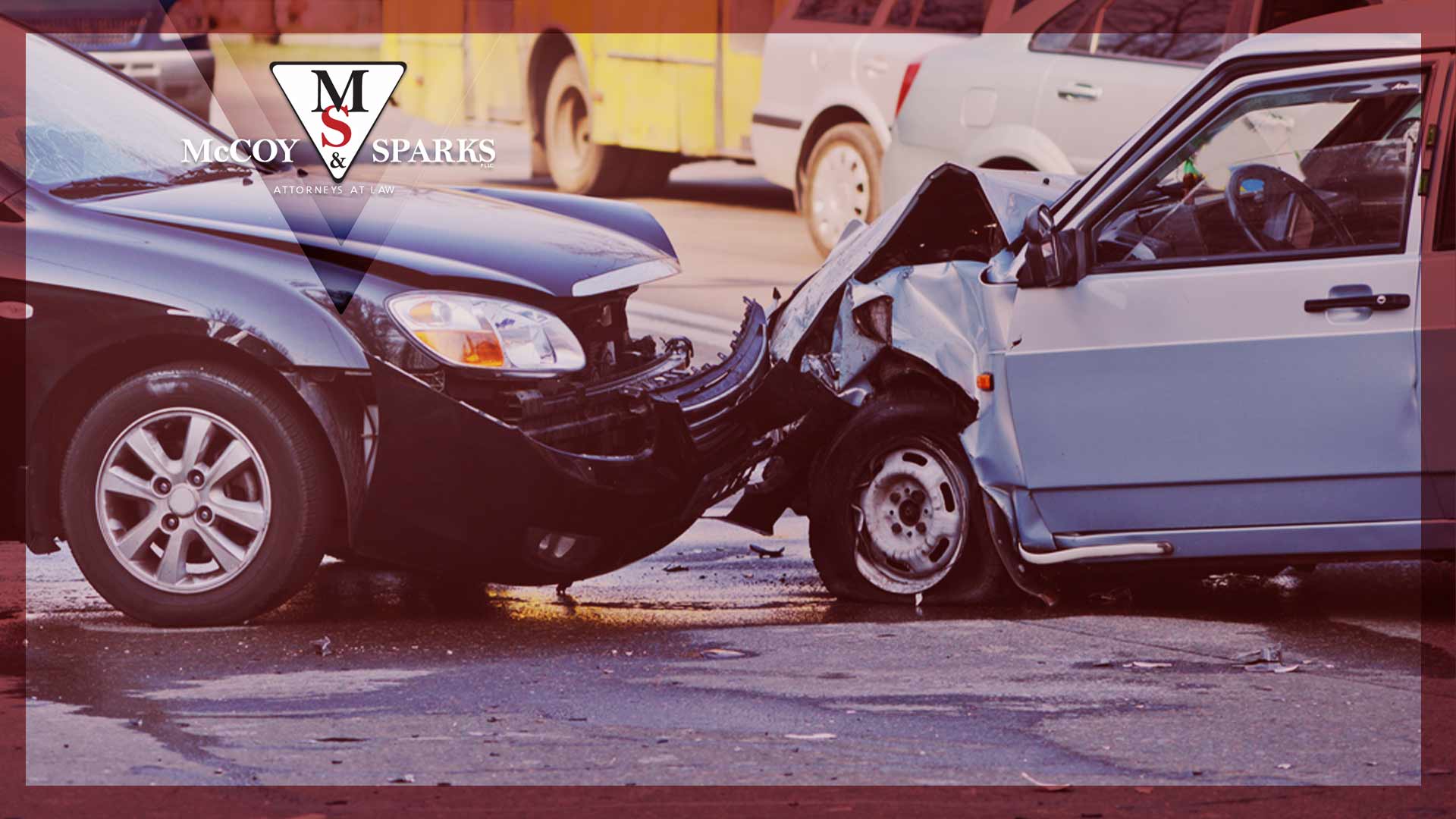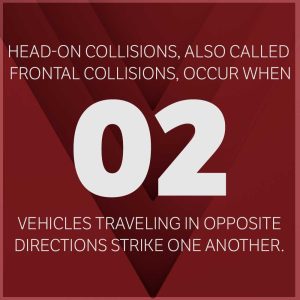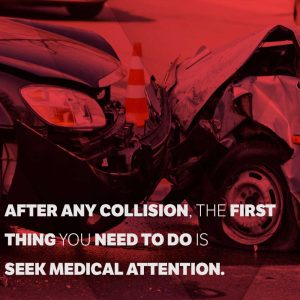
What you will learn in this article:
- Head-on collisions, also known as frontal collisions, are extremely dangerous and can lead to serious injuries.
- These accidents can result in a wide range of injuries, including spinal injuries, head injuries, chest and organ injuries, neck injuries, and more.
- If another party is at fault in the accident, you may be eligible for various types of compensation, including medical bills, rehabilitation costs, lost wages, permanent disability, and pain and suffering.
Head-on collisions are frightening accidents. We know how scary these accidents can be, and we also know how overwhelming it can be to try to recover from any car accident.
Injuries are common after car accidents, but head-on collisions are especially risky. If you were injured in a head-on collision, you may be entitled to compensation for your injuries and losses. Reach out to us at McCoy & Sparks to talk about your options.
The Dangers of Head-On Crashes

Head-on collisions are also called frontal collisions. These occur when two vehicles traveling in opposite directions strike one another.
Some of the risk factors of head-on collisions include:
- High combined impact speed: When two vehicles hit each other head-on, their speeds combine for a very high total impact speed. This creates a tremendous force in the collision.
- Direct hit to the driver: A head-on crash often results in a direct impact to the driver, who sits at the very front of the vehicle. This can lead to serious injuries.
- Airbag deployment: Airbags are designed to deploy in frontal crashes, and they are an important, lifesaving innovation. But in a head-on crash, airbag deployment can cause injuries to the arms and hands that are close to the airbag module during the collision.
- Intrusion into the passenger compartment: With the massive forces present in a head-on crash, the engine and front-end components can more easily intrude into the passenger compartment, injuring the legs and feet of any front-seat occupants, including the driver and passenger.
- Secondary impacts: Occupants can suffer secondary collisions inside the vehicle as they are thrown forward, including impact with the steering wheel, dashboard, windshield, or any loose items in the car.
Injuries Caused by Head-On Collisions
The entire body can be affected by a head-on collision.
Common head on collision injuries include:
- Spinal injuries: Head-on collisions frequently cause spinal injuries including fractures, dislocations, and spinal cord damage, which can lead to paralysis.
- Head injuries: Head and brain injuries like concussions, skull fractures, and traumatic brain injuries are common as your head violently strikes interior surfaces.
- Chest and organ injuries: The extreme forces of an accident can cause injuries like broken ribs, collapsed lungs, ruptured aortas, and even injuries to the heart, liver, and spleen.
- Leg and pelvis injuries: Head-on crashes often seriously injure legs and feet, as well as pelvises when the front end of the car collapses.
- Neck injuries: Whiplash is a serious concern, as are other strains, sprains, and fractures in the neck.
- Joint injuries: Knees, shoulders, wrists, and elbows can be dislocated or broken by the trauma of the accident.
- Laceration injuries: Broken glass and shredded metal can cause lacerations and puncture wounds, leading to blood loss and deep cuts. These injuries are also susceptible to infection.
What to Do After a Head-On Collision

After any collision, the first thing you need to do is seek medical attention.
Even if you feel like you are fine, medical professionals can evaluate you for injuries that you may not realize that you have yet. Shock can play a role in delayed symptoms, and some muscle and joint injuries may not feel painful until after that shock wears off.
Your next step is to collect evidence from the accident and trade contact and insurance information with the other driver. However, if you are transferred from the scene to a hospital, you will collect evidence and information later through police reports, witness testimonies, photos, and videos.
If you are cleared to move around the accident site, take as many photos and videos as you can. These will be useful later.
If you believe that the accident was caused by another party’s negligence, carelessness, or recklessness, it is vital that you contact a head-on collision attorney to discuss your options. You shouldn’t have to be worried about bills, missed work, and lost earning capacity because of your accident, and a car accident attorney can help you avoid that stress.
What Kind of Compensation Is Available After a Head-On Collision?
When your attorney proves that the other party was at fault for the accident, you are eligible for many types of compensation for both monetary and non-monetary losses.
These include:
- Medical bills
- Rehabilitation costs
- Medication expenses
- Ongoing therapies
- Lost wages
- Lost earning capacity
- Permanent disability
- Pain and suffering
- Wrongful death
Your personal injury attorney can help you identify damages that you may be owed.
McCoy & Sparks – Kentucky’s Car Accident Lawyer
At McCoy & Sparks, we protect the rights of people who have been seriously injured in accidents, including head-on collisions.
Contact the team at McCoy & Sparks for a free case review, where we will discuss your case, review your specific situation, and provide legal recommendations for what steps you can take next.
Remember this: we don’t get paid until we win your case. That means there is no risk when it comes to retaining our services!
We help accident victims get the compensation they need to recover from their injuries. Schedule a free consultation today.

